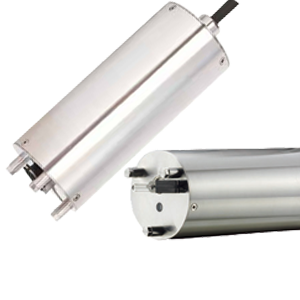 The following is a summary of the core differences and interrelationships among Turbidity (Turbidity), suspended solids (SS), and sludge concentration (MLSS), classified and explained based on parameter definitions, measurement principles, application scenarios, and interrelationships:
The following is a summary of the core differences and interrelationships among Turbidity (Turbidity), suspended solids (SS), and sludge concentration (MLSS), classified and explained based on parameter definitions, measurement principles, application scenarios, and interrelationships:
1. Measurement principle versus method comparison :
Youdaoplaceholder0 Turbidity: Standard measurement method : 90° scattering Angle detection, online monitoring technology: Scattered light turbidity meter , application scenarios limitations: Prone to saturation in high-concentration sludge (failure > 1000 NTU);
ss: Standard measurement method : Filter membrane filtration → drying weighing (laboratory standard), online monitoring technology: optical absorbance/ultrasonic inversion model, applicable scenarios Limitations: Online method requires regular calibration, affected by particle absorbance characteristics;
mlss: Standard measurement method : Mixed liquid sampling → drying weighing, online monitoring technology: ultrasonic attenuation method/optical method, applicable scenario limitation: Only applicable to activated sludge system (non-general water parameters)
2. The correlation of the THREE
Positively correlated but nonlinear , turbidity, SS and MLSS usually increase simultaneously when particulate matter in water increases, but there is no fixed conversion formula :
Turbidity and SS: There is an empirical relationship between SS ≈ k × turbidity + b (k and b need to be experimentally calibrated), as turbidity is affected by the optical properties of particles (such as color and refractive index).
SS and MLSS: MLSS is a subset of SS specifically referring to the solid concentration of activated sludge in aeration tank (MLSS ⊆ SS).
Example :
After heavy rain, rivers: turbidity rises sharply → SS increases (sediment input), but MLSS is not applicable.
Aeration tank regulation: If MLSS is too low (< 2 g/L), sludge replenishment is required. At this time, SS may change simultaneously, but turbidity may be distorted due to bubble interference. Youdaoplaceholder0 Common Misunderstandings Clarified
Youdaoplaceholder0 “Turbidity unit NTU = SS unit mg/L”
Turbidity (NTU) is an optical unit, while SS (mg/L) is a mass unit. The two are not equivalent (for example, 10 NTU of water body SS might be 20 mg/L or 50 mg/L).
Youdaoplaceholder0 MLSS can be measured directly with a turbidity meter
The turbidity meter is only suitable for low-concentration water bodies (such as rivers), and MLSS requires a dedicated concentration meter (with anti-adhesion and anti-bubble design).
Youdaoplaceholder0 “SS has the same meaning as MLSS”
SS stands for The total mass of suspended particles in all water bodies , and MLSS specifically refers to the solid concentration of activated sludge in aeration tanks (including microbial flocs).
Quesions
The relationship and differences among turbidity, suspended solids and sludge concentration
Date:2025-03-19 Views: 41





